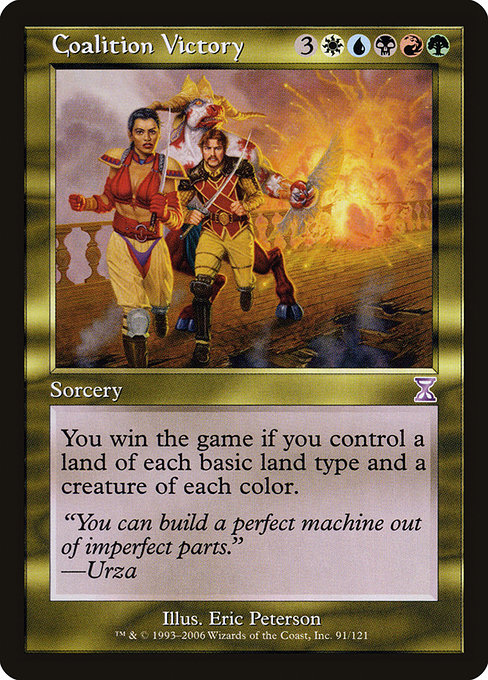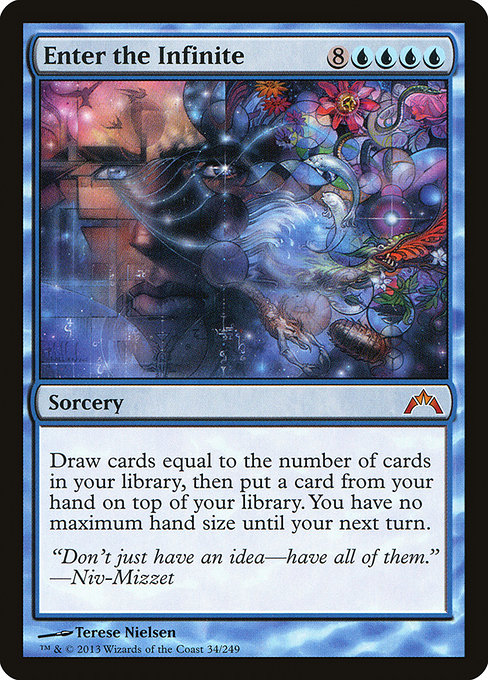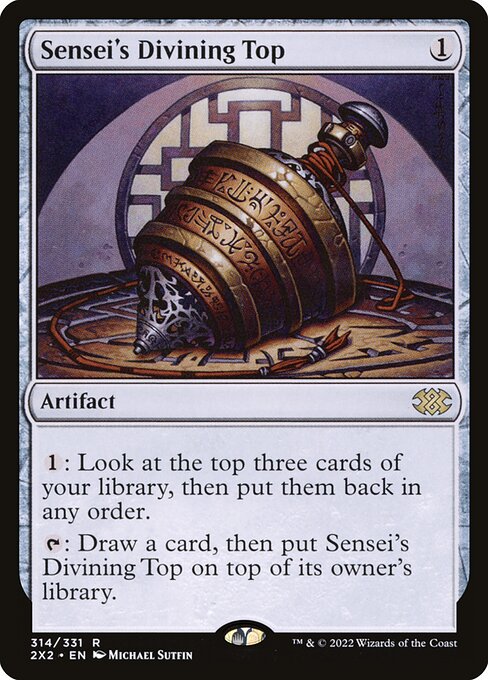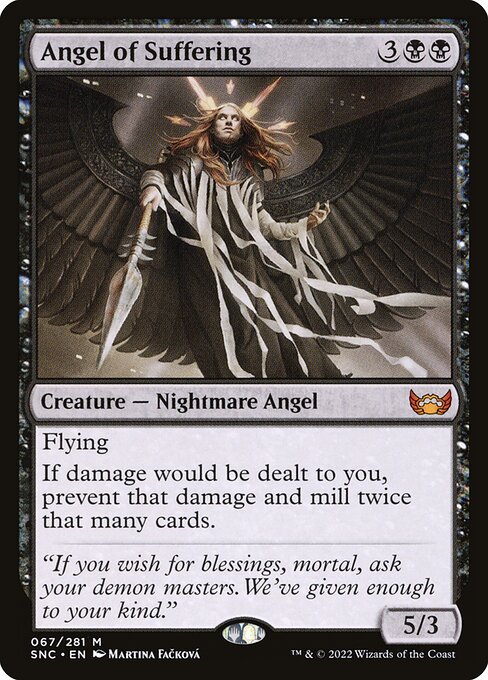Deck & Commander Strategies

Betor, Ancestor's Voice
Utilizes a mix of life gain and life loss mechanics combined with graveyard recursion to generate value and eventually overpower opponents with big, resilient creatures.

Neera, Wild Mage
A high-risk, high-reward deck that uses Neera's ability to tuck spells and cascade through the deck, aiming to find powerful combos like Enter the Infinite or disruption spells.

Progenitus
Focuses on enabling Coalition Victory by turning all lands into every land type, then winning immediately, or alternatively using Progenitus as an indestructible finisher.

Braids, Cabal Minion
A stax-style deck that applies constant pressure by forcing all players to sacrifice permanents at the beginning of their upkeeps, disrupting opponents' boards while accelerating with fast mana like Soul Ring.
Gameplay Insights
- 1
Braids’ early Soul Ring deployment allowed for fast ramp and early activation of her punishing sacrifice trigger, significantly hindering opponents’ board development.
- 2
Progenitus’ deck carefully set up mana fixing to enable the Coalition Victory combo, representing a looming game-ending threat that forced other players to disrupt or race.
- 3
Neera’s slot-machine mechanic introduced unpredictability, sometimes generating powerful draws or combos but also risking whiffs that slowed her down.
- 4
Betor’s use of Priest of the Felites to reanimate creatures provided strong tempo swings, allowing for repeated threats and life manipulation to stabilize against aggressive decks.
- 5
The tension between Braids’ stax disruption and Progenitus’ combo highlighted the delicate balance in multiplayer Commander games between slowing opponents and executing a win condition.
Notable Cards
-

Coalition Victory
-

Enter the Infinite
-

Sensei's Divining Top
-

Thieving Amalgam
-

Angel of Suffering
Gameplay Summary
The game featured a dynamic clash of four unique decks led by Braids, Cabal Minion; Progenitus; Betor, Ancestor's Voice; and Neera, Wild Mage, each leveraging recently unbanned cards to test their power and impact in Commander.
Early turns saw players developing mana bases and setting up key pieces such as Sensei's Divining Top, mana dorks, and graveyard synergies.
Betor’s deck focused on a life gain and life loss strategy with graveyard recursion, using creatures with lifelink and heavy reanimator elements.
Neera's deck revolved around a high-variance, spell-tucking mechanic that could cascade into massive draw or combo potential, including Enter the Infinite.
Progenitus’ Coalition Victory deck aimed to turn all lands into every land type to enable a quick combo win, while Braids punished opponents with a painful forced sacrifice effect every upkeep, creating constant pressure on the board state. As the game progressed, Braids’ ability to force sacrifices disrupted opponents' developing boards, while Progenitus threatened to execute a Coalition Victory combo.
Neera’s slot-machine style play introduced unpredictability, occasionally drawing into powerful spells or whiffing.
Betor maintained a balance of life manipulation and graveyard recursion, swinging the tempo with lifelinking creatures and graveyard activations.
Key moments included Braids’ early Soul Ring play accelerating her disruption, Betor’s use of Priest of the Felites to reanimate threats, and Progenitus’ mana fixing to enable Coalition Victory.
The game showcased the tension between high-powered combos and resilient disruption, with Braids’ taxing effect making it hard for others to stabilize, and Progenitus’ combo looming as a game-ending threat.






















![Commander Vs S2E1: Horde vs Cromat vs Atogatog vs Progenitus [MTG: Multiplayer] thumbnail](https://i.ytimg.com/vi/zeQvGYqjMGI/sddefault.jpg)











![Commander Showdown Neera V Imskir V Delney V Arna EP: 40 [EDH gameplay] thumbnail](https://i.ytimg.com/vi/XyNPhu9wBro/sddefault.jpg)














![Commander VS: Braids VS Erayo VS Leovold VS Emrakul [EDH] thumbnail](https://i.ytimg.com/vi/4cUZFVFKMkc/sddefault.jpg)





